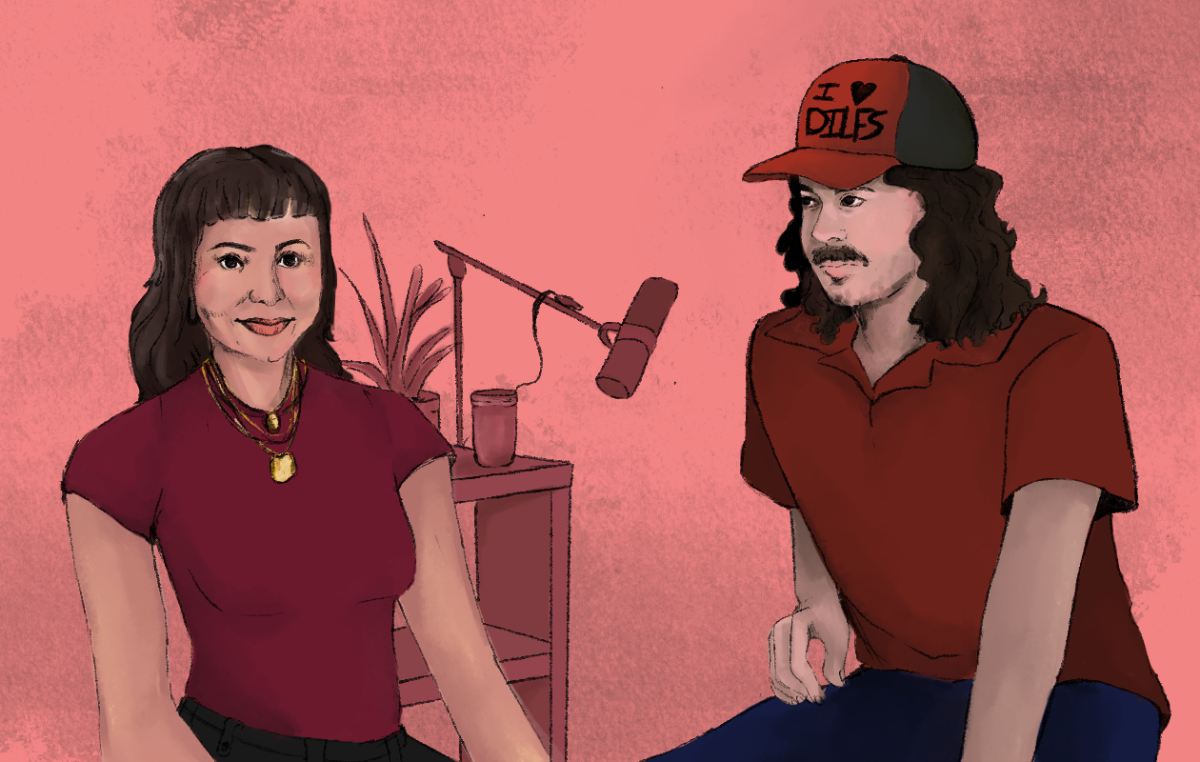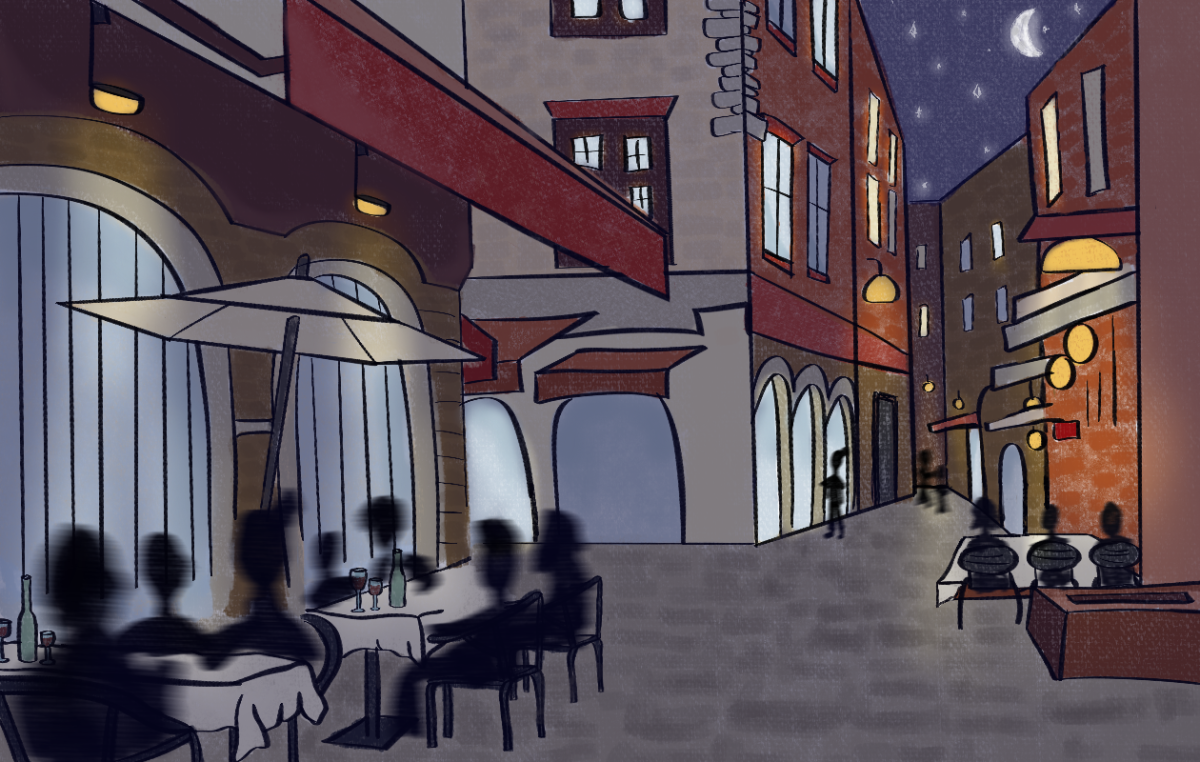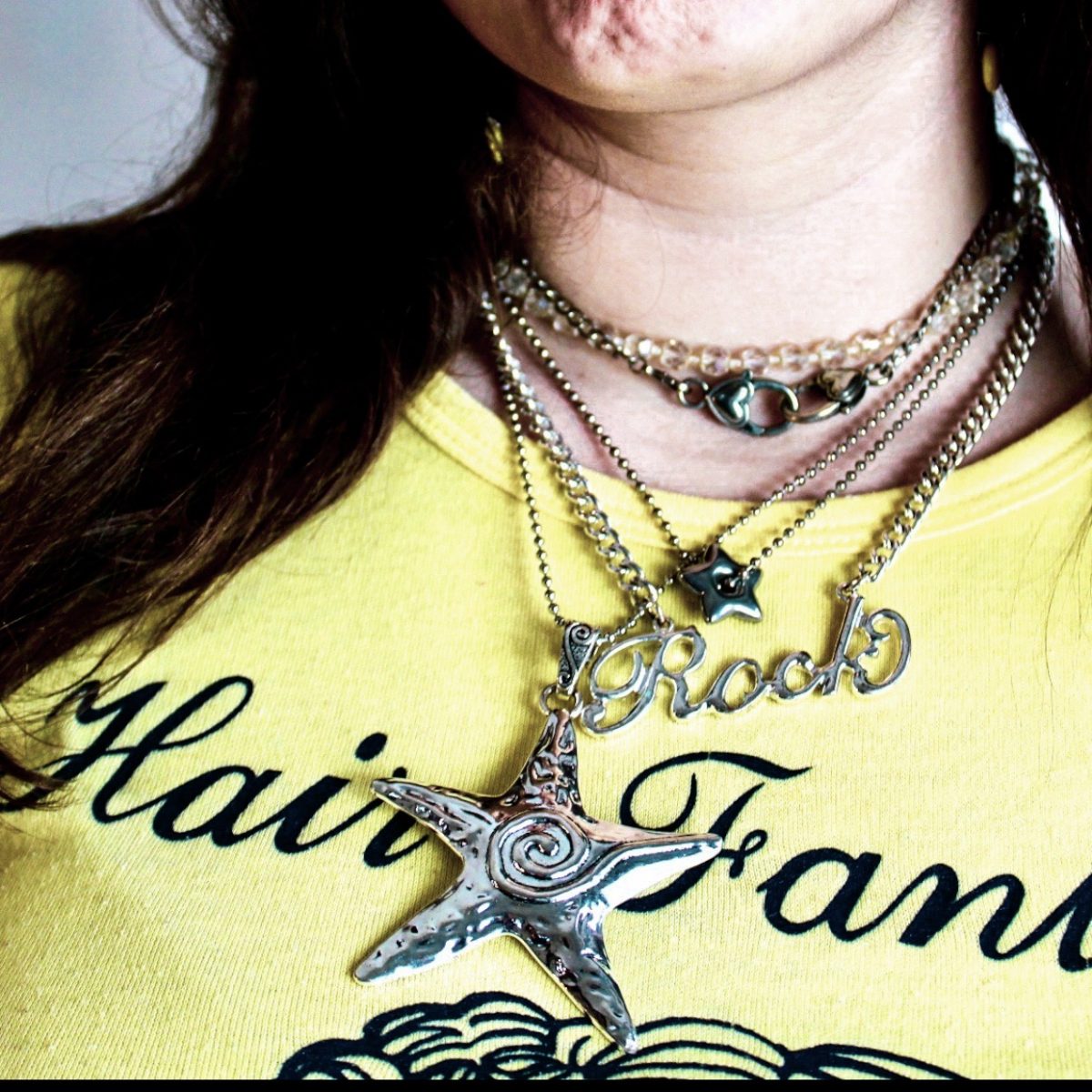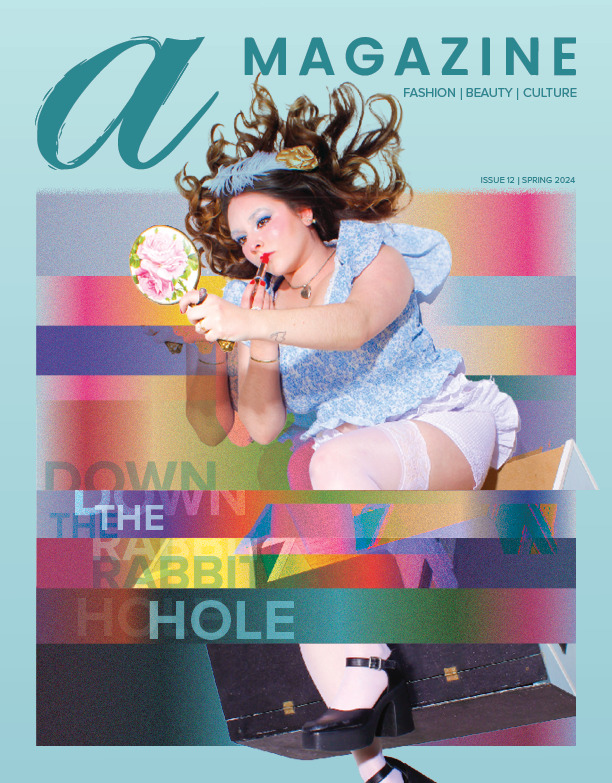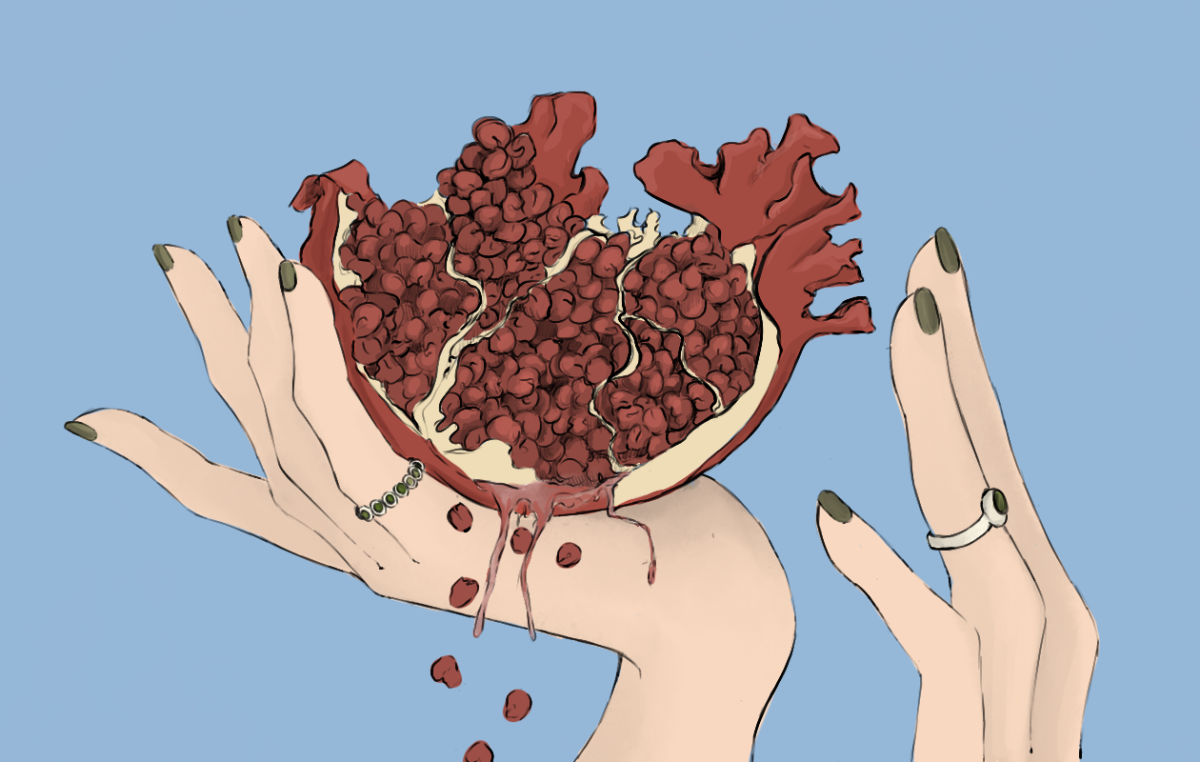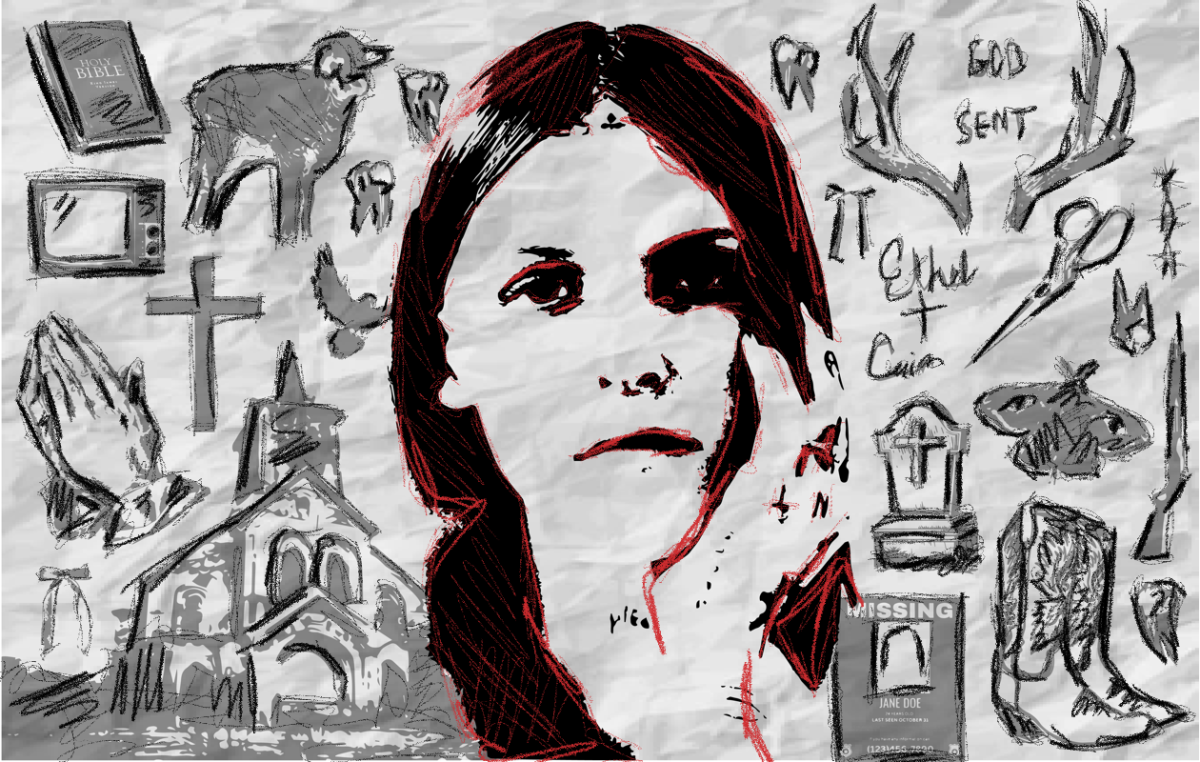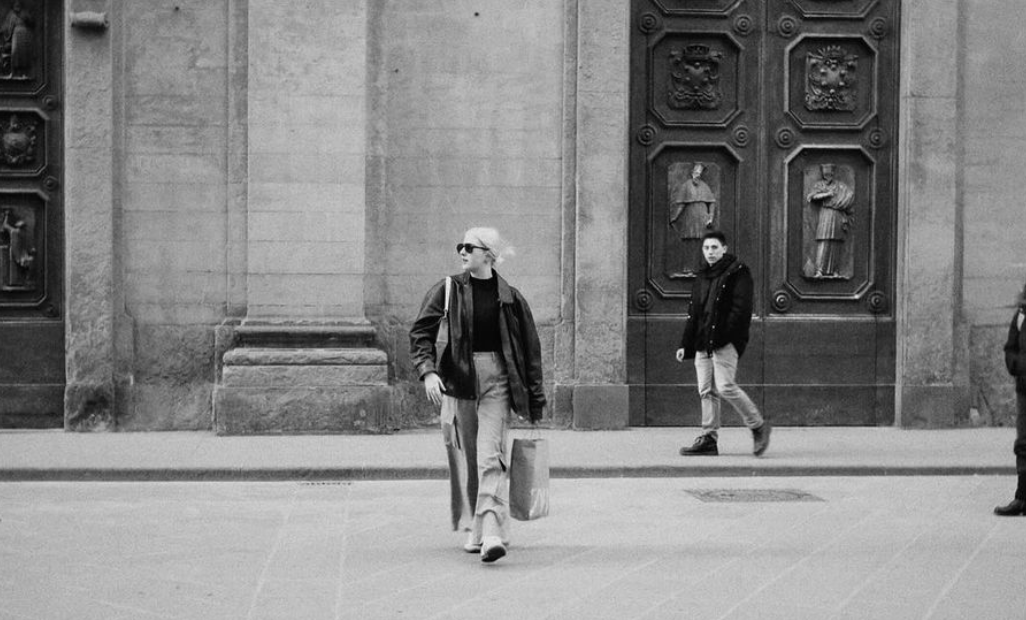For decades now, we have seen distressed clothing take over the fashion industry.
It can be traced back all the way to the rock and heavy metal era of the 1980s. It dissipated for a few years until it regained popularity in the 1990s and 2010s when the grunge era took over. Prior to this, ripped clothing was only worn out of necessity. Before it was adopted as stylish, distressed clothing was worn by those who were less fortunate and couldn’t afford new clothing. The intentional distressing began as a social movement; people would slice and tear apart their own jeans in rebellion. Brands noticed this societal trend and decided to capitalize off of it, making pre-torn denim garments. But has it gone too far when modern designer brands are charging thousands for clothing that looks dirty and torn?
This phenomenon is most apparent in contemporary streetwear brands. Designers such as Balenciaga, Golden Goose and Yeezy are some of the most notable culprits, and they have stirred up their fair share of controversy. Golden Goose shocked people when it came out with its Superstar Taped Sneaker priced at a whopping $530. The shoe is dirtied, scuffed and held together by a piece of tape. According to Time, when facing criticisms, the brand stated, “[Our] company is proud to highlight its pioneering role in the booming of the distressed look, one of the current biggest trends in fashion.”
They are not the only ones to be met with critiques. Kanye West turned heads when Yeezy began selling torn apart, distressed sweaters. In response to those who questioned his taste, he tweeted, “yes I believe in my ripped homeless sweaters.” Balenciaga also categorizes various sweaters, sweatshirts and jeans as “destroyed,” and most of the items don’t fall below a thousand dollars.
It continues to be hotly debated if this style of clothing is offensive or not. Many argue that these brands are romanticizing poverty. It is often seen as tone-deaf to people who actually struggle with poverty. When it is typically worn by celebrities, it is easy to be seen as a little tasteless.
Whether it is objectively offensive or not, the appeal of the aggressively over-distressed style will always be a mystery to me. According to fashion stylist and consultant Laura Zapata, it may have to do with everyone’s current obsession with vintage clothing. She states in the Wall Street Journal that “these larger, mass-market brands are just trying to jump on the whole vintage bandwagon.” However, purchasing true vintage seems as if it would be the more logical option. It may, perhaps, be a feeble attempt at humility and relatability. Although, how relatable can one really be in a $1,500 sweater?
It may have something to do with the present fascination with the past. Younger generations seem to have a glorified view of life before us. Starting just a few years ago, people became infatuated with film cameras and ‘90s style. Even Starling Irving, a writer and photographer from Brooklyn, notes in the Wall Street Journal, “People like seeing themselves through the lens of an old Polaroid.” We may never know the true reasoning behind the romanticized poor aesthetic, but it is certainly interesting to ponder the different hypotheses. Love it or hate it, considering the longevity of the distressed trends, it can only be assumed it is here to stay for a while.
Support Student Media
Hi, I’m Grace Avery, the Editor In Chief of A Magazine. My staff and I are committed to bringing you the most important and entertaining news from the realms of fashion, beauty and culture. We are full-time students and hard-working journalists. While we get support from the student media fee and earned revenue such as advertising, both of those continue to decline. Your generous gift of any amount will help enhance our student experience as we grow into working professionals. Please go here to donate to A Magazine.


